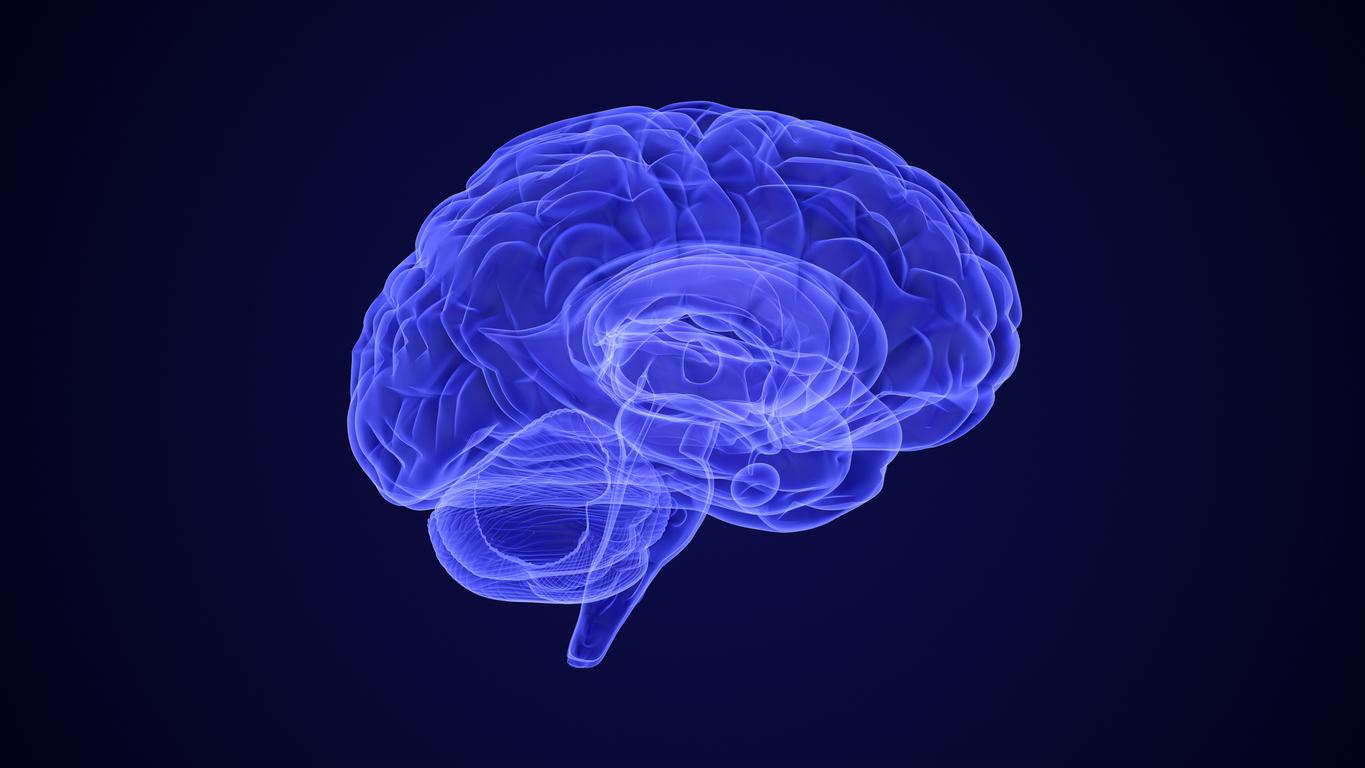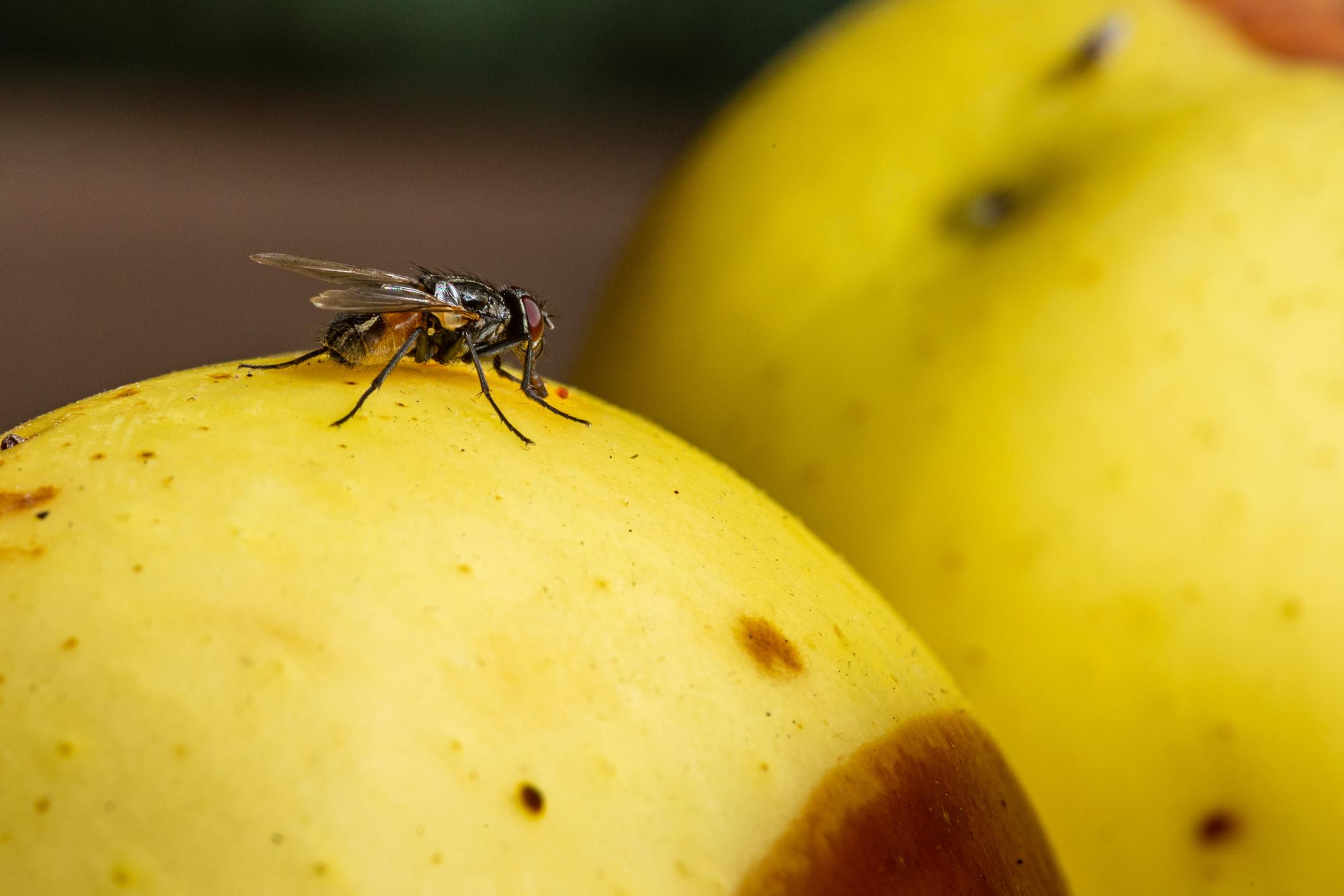Fibers in the form of “pasta” at the origin of the Parkinson disease. A Franco-Belgian team including researchers from the Paris Saclay Neuroscience Institute (CNRS/Paris-Sud University) has identified the source of this neurodegenerative disease in the brain. The culprits would be spaghetti-shaped fibers whose spread in the brain would be toxic. More precisely, it is the aggregation of fibers in the form of ribbons of alpha-synuclein, a macromolecule which plays a role in the synapses, which would be at the origin of Parkinson’s.
Another observation, depending on the shape of these fibers (wide linguine-like dough or cylindrical pasta similar to spaghetti), the neurodegenerative disease would be different. Thus, if linguine fibers would cause Parkinson’s disease, spaghetti fibers would cause another rarer type of dementia, multiple system atrophy.
Towards a better diagnosis
The team made these discoveries by separately injecting these two types of fiber aggregates into the brain and blood of rats. “We should now see if the aggregates present in sick people have the properties that we have described”, underlines Ronald Melki, CNRS research director at the Paris Saclay Neuroscience Institute, in the journal Nature, taken over by AFP.
These results could lead to the development of antibodies to fight against Parkinson’s disease. “It also opens the door to new precise diagnostic tools for living individuals, since at present Parkinson’s disease can only be diagnosed with certainty after death”, specifies the CNRS in a press release.
The researchers claim to “consider being able to diagnosewithin five or ten years, the disease in individuals of 40 or 45 years “.
>> To read also:Parkinson’s: migraine sufferers twice as vulnerable

















